Smart telescopes tested during eclipse results are in!
Thursday, May 23, 2024
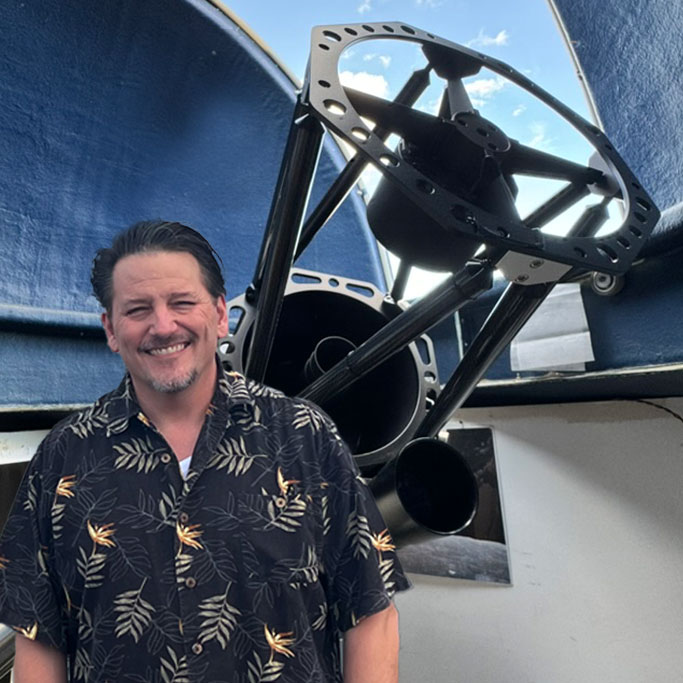
|
Richard Harris |
Discover how the latest smart telescopes, including the Seestar and Dwarf, performed during the recent solar eclipse. Our detailed test results reveal their strengths and capabilities, offering a glimpse into the future of amateur astrophotography.
Astronomy enthusiasts Sarah, Dalia, and Nico shared their firsthand experiences using smart telescopes during the recent solar eclipse in April 2024. In a video hosted by the popular channel "Nebula Photos," they provided reviews of the Seestar and Dwarf smart telescopes, showcasing how well each device performs under extraordinary conditions like a solar eclipse. Their reviews offered a compelling look into the capabilities of smart telescopes and whether or not you can count on them for amateur astrophotography during such one-of-a-kind celestial events.
Smart telescopes tested during eclipse results. The good, bad, and ugly!
The collaborative effort featured Sarah and Dalia, alongside Nico and another Sarah, as they shared their experience with these different smart telescopes. Each pair expressed a shared appreciation for the user-friendly interface and overall performance of the smart telescopes.
Sarah, armed with the Dwarf telescope, opted for manual settings of the telescope rather than (point-and-shoot) and reported good performance from the Dwarf's battery and storage capabilities. Meanwhile, Dalia experimented with the Hestia telescope from Vaonis, utilizing its time-lapse feature while manually adjusting its position to capture the celestial event from unique perspectives.
Nico encountered storage limitations while recording raw videos during the partial phases of the eclipse while using the Seestar (the same scope I used during the event). Despite having to delete earlier footage to accommodate new recordings, Nico really liked the exposure settings and successfully captured the elusive Bailey's beads effect with the Seestar telescope.
Sarah highlighted the Drawf smart telescopes' remarkable ability to capture solar prominences and their seamless tracking performance during totality—a feature previously untested but met with resounding success.
Check out their full video below.
(Credit Richard Harris, Ozark Hills Observatory)
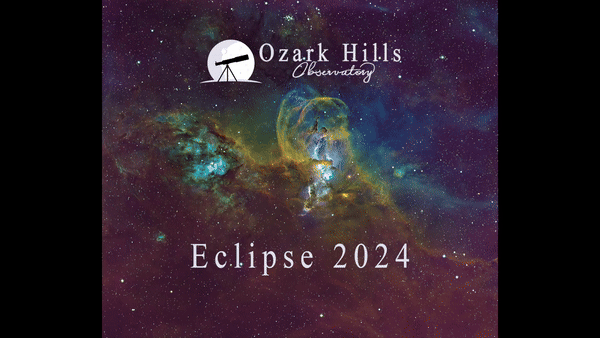
We all tried Smart Telescopes for the ECLIPSE
My Experience with the Seestar During the Solar Eclipse
As an avid astronomer, I was particularly excited about the solar eclipse in April 2024 - who wasn't? It presented a perfect opportunity to test some of the latest tech in the field, so I decided to set up my trusty Askar FRA600 on the AM5 mount with the Canon 6D Mark II camera alongside the more user-friendly Seestar smart telescope from ZWO. My school of thought here was the Seestar was to serve as my "just in case" backup.The day of the eclipse was mostly clear and calm for us in Missouri, perfect conditions for astrophotography. I began setting up my equipment hours before the event. The Askar FRA600 on the AM5 mount has been a reliable workhorse for deep-sky imaging, and I was confident it would capture the eclipse beautifully. The setup, however, requires a fair amount of manual interaction: polar alignment, focusing, balancing the mount, and ensuring everything is synced correctly.
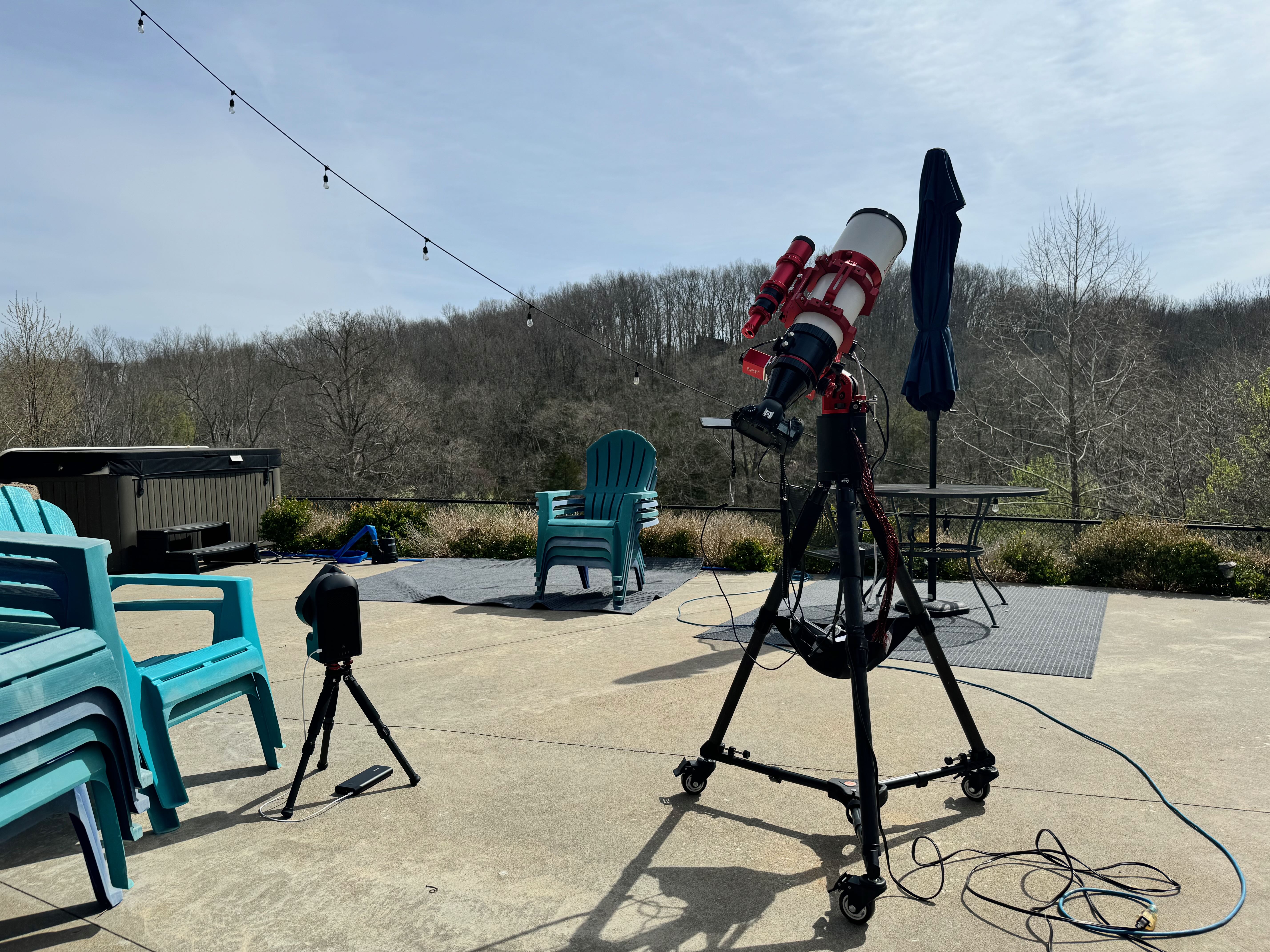
On the other hand, the Seestar smart telescope promised a much simpler experience. Designed with ease of use in mind, it boasts features like automatic alignment, integrated tracking, and user-friendly controls via a smartphone app. Setting it up was a breeze. I simply placed it on the ground, turned it on, and let the smart telescope handle the rest. It actually found the Sun in about 30 seconds, and images were on my phone before I could even get it centered in my Askar. The contrast between the setups was stark; the Seestar was ready to go in minutes, while the Askar/AM5 required careful adjustments and calibration.
The Seestar’s app provided real-time updates and control, allowing me to make minor adjustments without physically touching the telescope. My Askar setup was controlled using the ASI Air - which, too, offers no-touch control, so in that regard (especially because they are both ZWO setups, it felt similar). The Seestar tracked the sun perfectly, maintaining a steady focus and capturing the event with minimal input from me. The ease of use was a revelation during an event like an eclipse; it allowed me to relax and enjoy the event "itself" without being bogged down by technical issues.
In contrast, the Askar FRA600 on the AM5 was a different story. While I’m very familiar with this setup and its capabilities, it demanded some attention. As the eclipse progressed, the mount reached the meridian and had to perform a meridian flip—a process where the mount rotates to prevent the telescope from hitting the tripod. This maneuver is always a bit nerve-wracking, as it requires pausing the imaging session, flipping the telescope, and re-aligning the target. Even though I had practiced this many times, it still added stress to the experience.
My anxiety was through the roof because this event was a one-shot deal. Unlike other celestial objects that graciously reappear, this eclipse wasn't offering a do-over. The pressure was on, and any minor glitch in my setup sent my stress levels soaring tenfold. Missing anything was not an option!
After almost two hours of capturing the eclipse, I reviewed the images from both setups. The Seestar’s time-lapse was smooth, with consistent tracking and sharp focus throughout the event. The images were vibrant, detailed, and required minimal post-processing. It was clear that the Seestar had handled the eclipse with ease, delivering stunning results without any of the hassle.
On the other hand, the images from the Askar FRA600 were less consistent (see below). The meridian flip had introduced a slight misalignment, resulting in some frames being slightly off-center. Despite the higher-quality optics of the Askar, the extra work required to process and align the images was significant. After spending several hours trying to salvage the shots, I realized that the Seestar’s output was better for this particular event.
The Seestar smart telescope demonstrated that advanced technology could simplify astrophotography without compromising on quality. Its ease of use, combined with the ability to produce high-quality images, made it the clear winner in this comparison. For someone who has spent countless nights manually guiding and adjusting telescopes, the convenience of the Seestar was a game-changer.The Askar FRA600 and AM5 mount are still exceptional tools, especially for deep-sky imaging, where their precision and quality shine. However, for events like a solar eclipse, where simplicity and reliability are key, the Seestar smart telescope proved to be unbeatable.
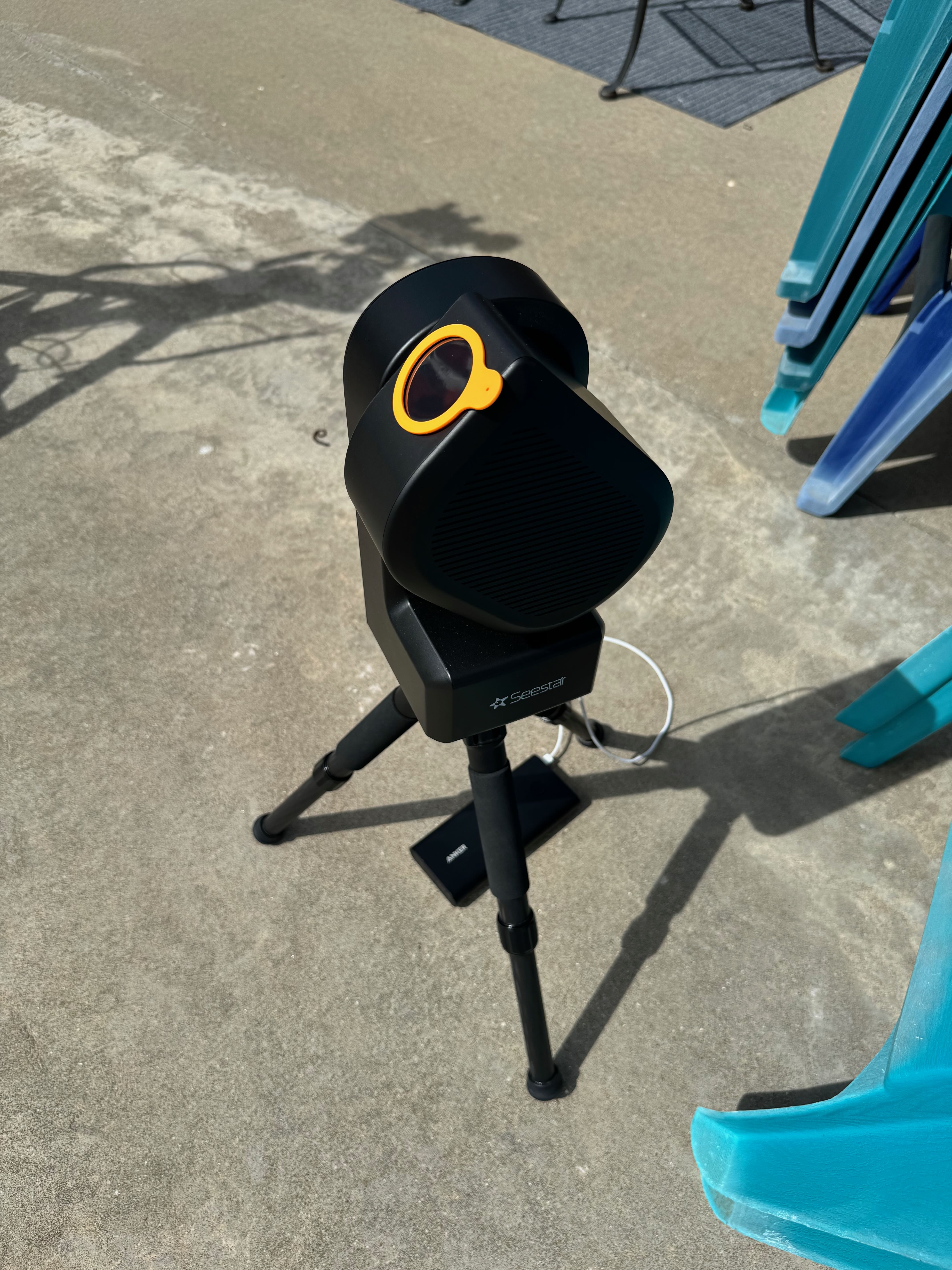
Are smart telescopes the future of astrophotography?
Using a smart telescope always makes me reflect on the future of astrophotography. As smart technology continues to evolve, it is becoming increasingly accessible to a broader audience - that's a good thing! The Seestar is a perfect example of how innovation can lower the barriers to entry, allowing more people to enjoy and capture the beauty of the night sky - especially given the price of just $500.
For seasoned astronomers like myself, these advancements mean we can spend more time enjoying celestial events like an eclipse and less time dealing with technical challenges. For beginners, smart telescopes provide an easy and intuitive way to start exploring the universe, making astrophotography more inclusive and engaging.
Do I think smart telescopes are going to replace a Takahashi using a 6200 camera any time soon - no! But in the end, the Seestar’s ease of use, reliability, and impressive results made it the standout performer for me when used in the right context. I wouldn't expect smart telescopes to capture super faint nebulosity and IFN (Integrated Flux Nebula) just yet. However, this experience reinforced the idea that smart technology is not just a novelty but a significant advancement in the field of astrophotography. As we continue to push the boundaries of what’s possible.
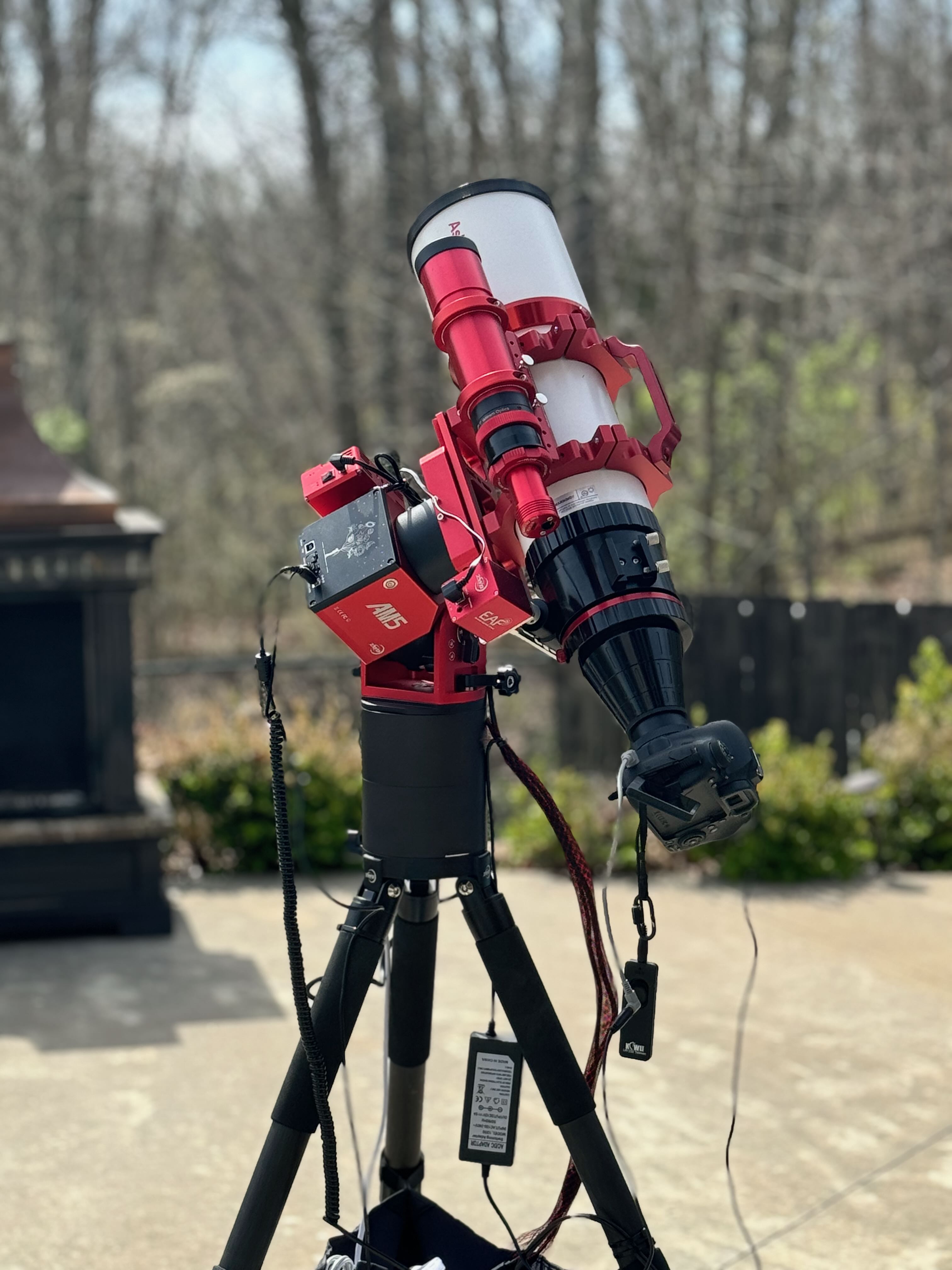
ScopeTrader's latest survey
Featured Stories
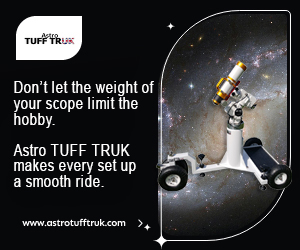
Stay Updated
Sign up for our newsletter for the headlines delivered to youSuccessFull SignUp

|
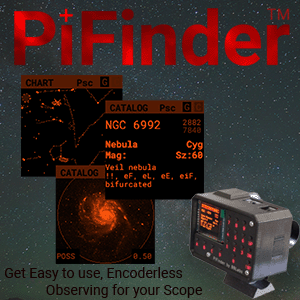

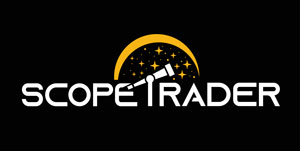
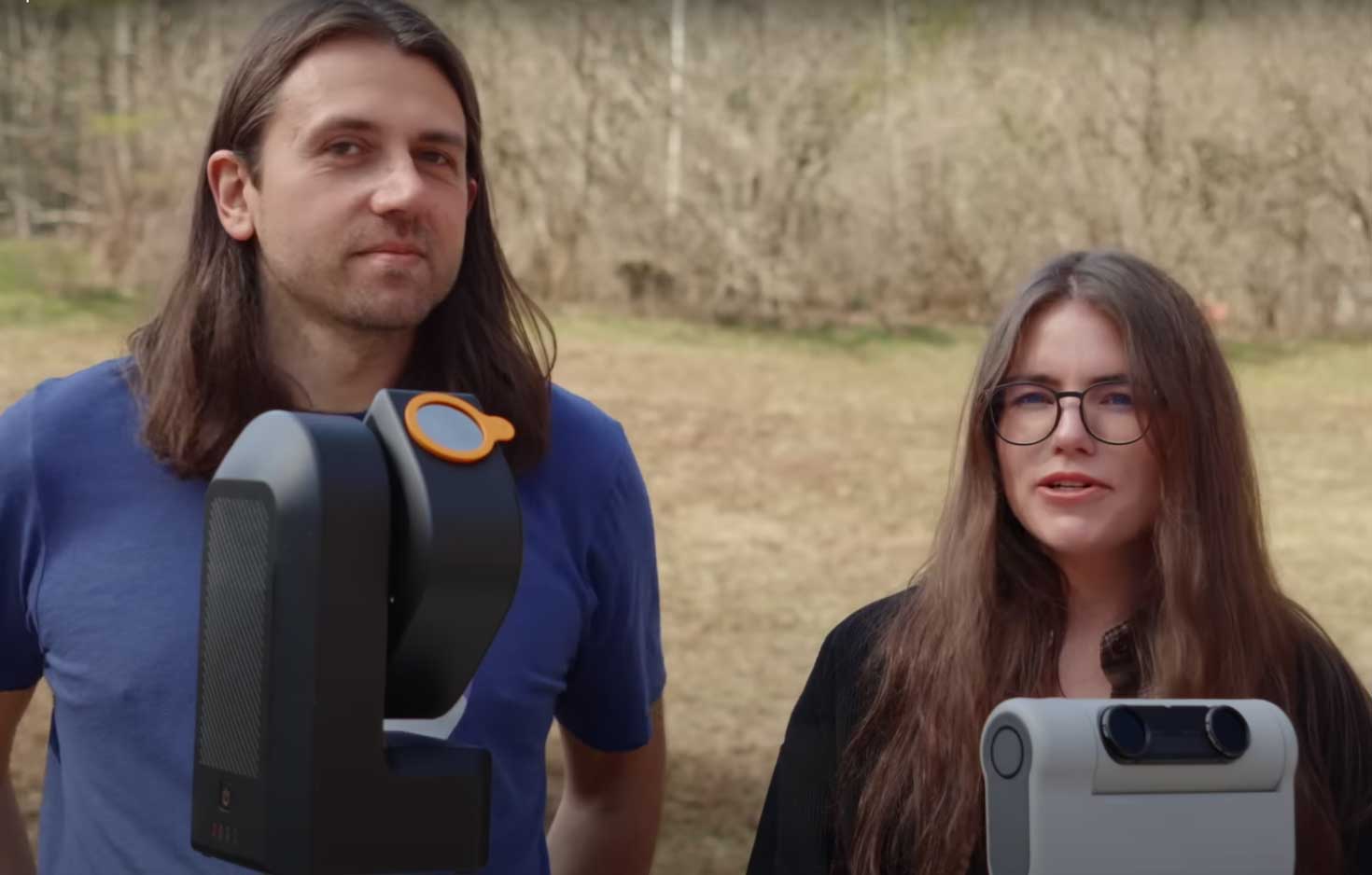

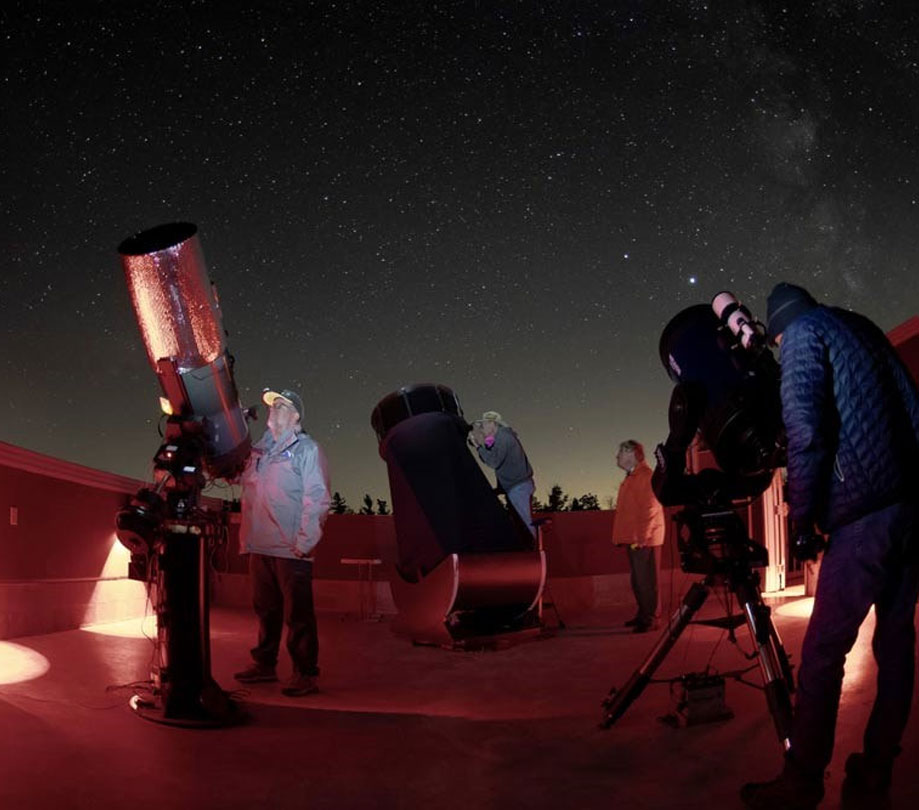
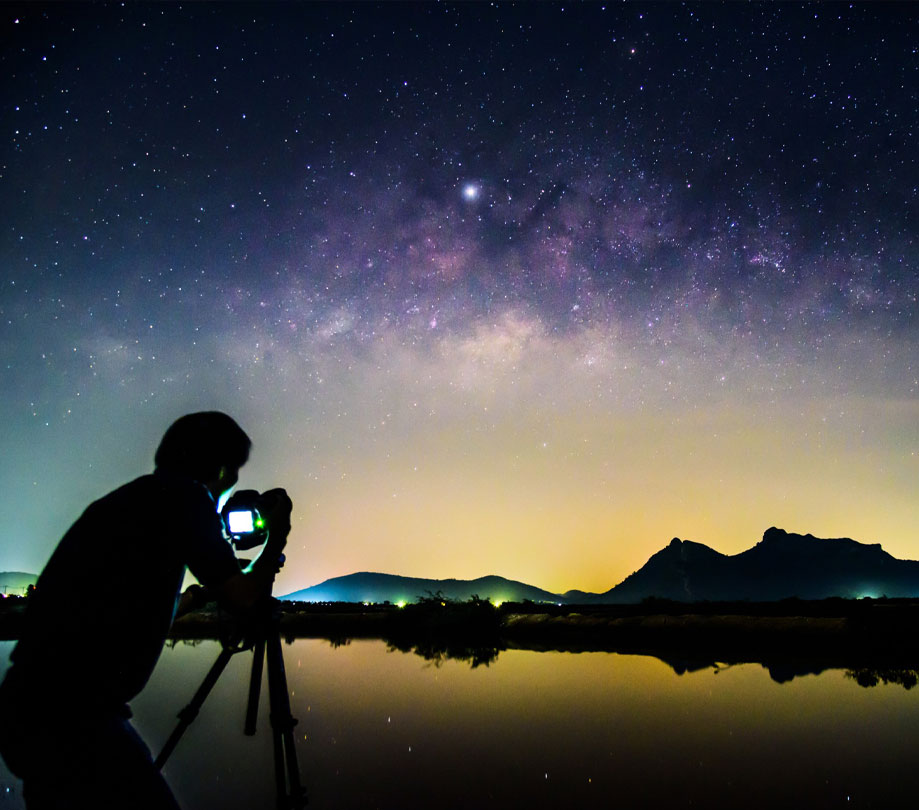
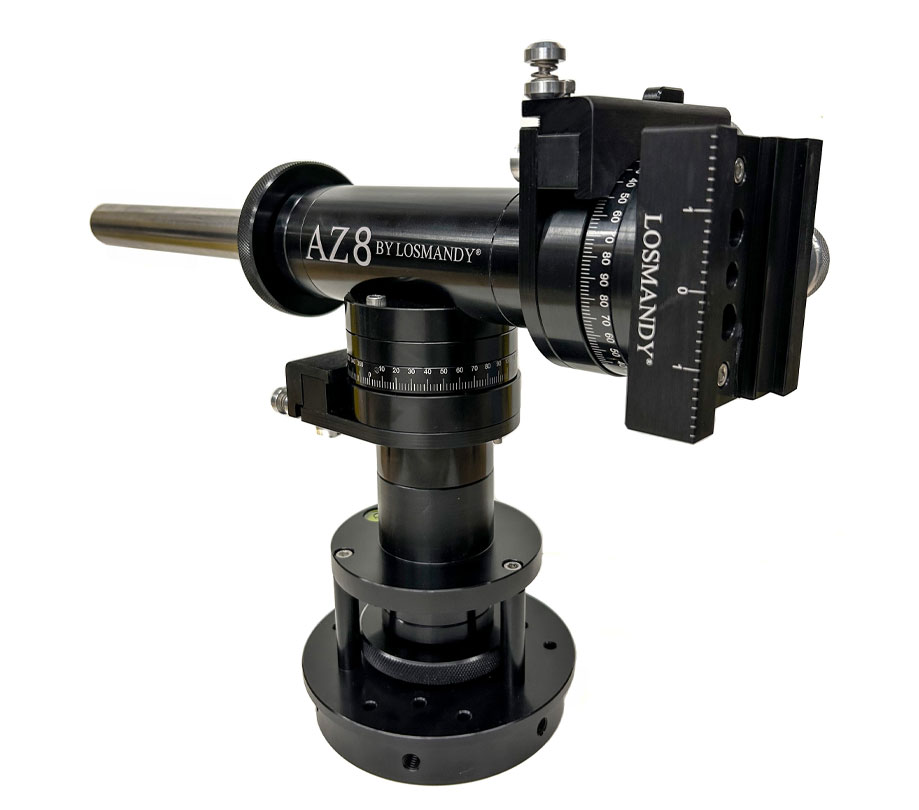
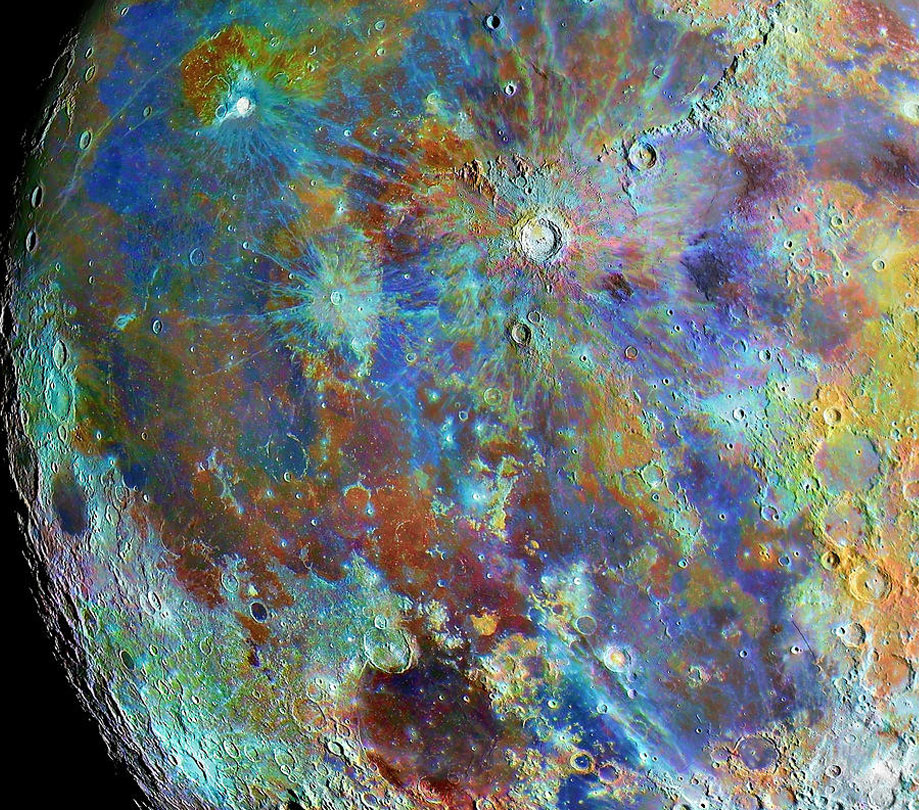
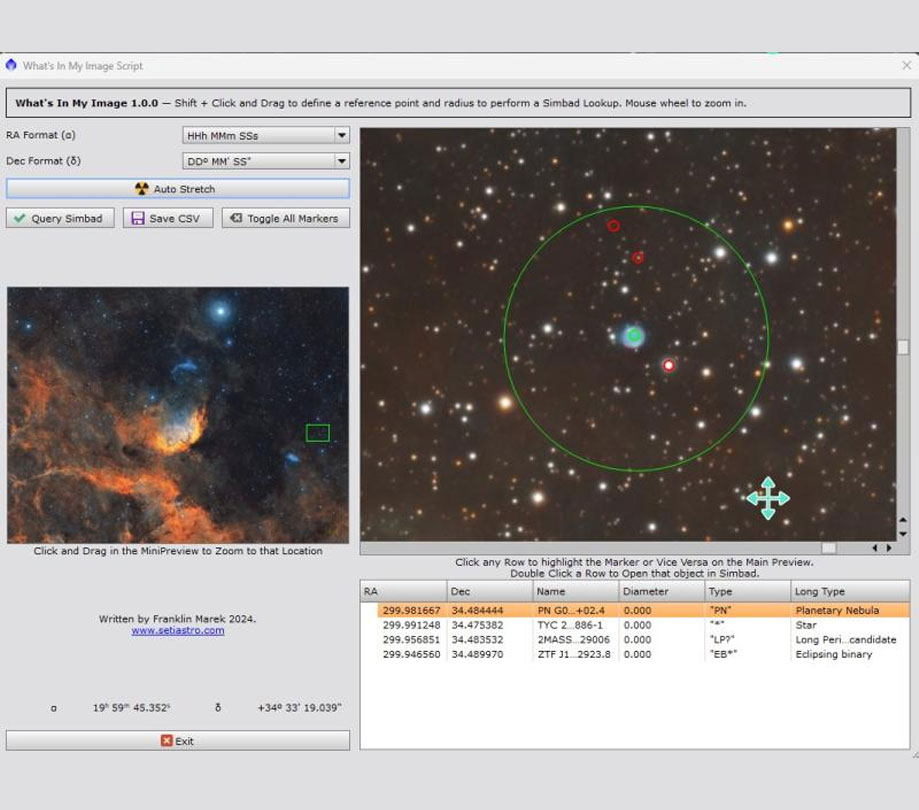
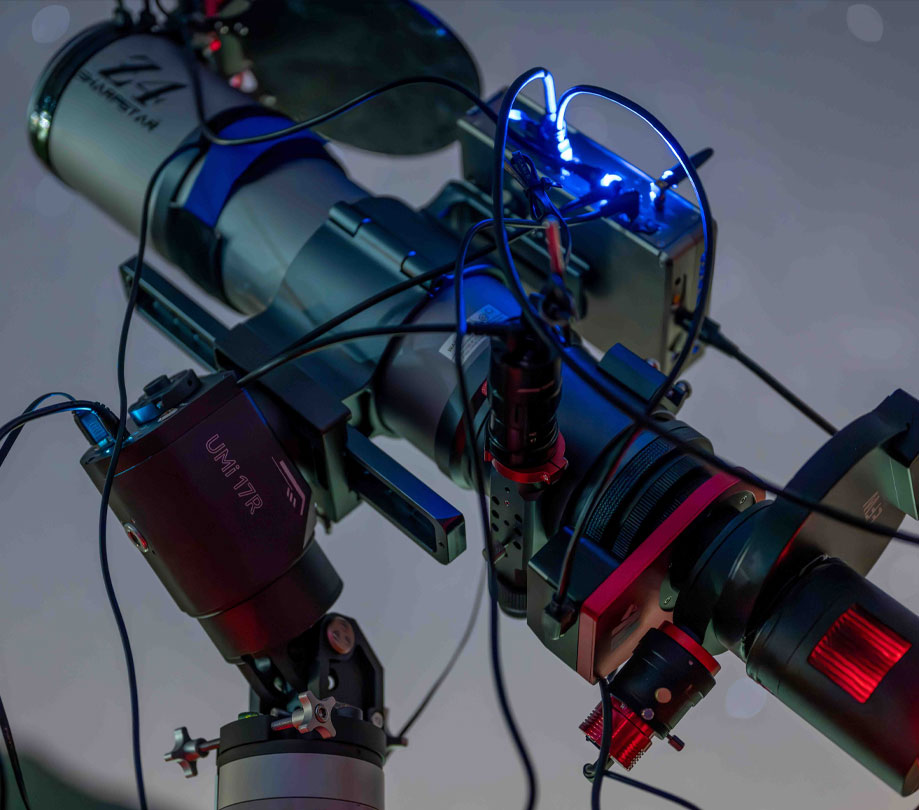
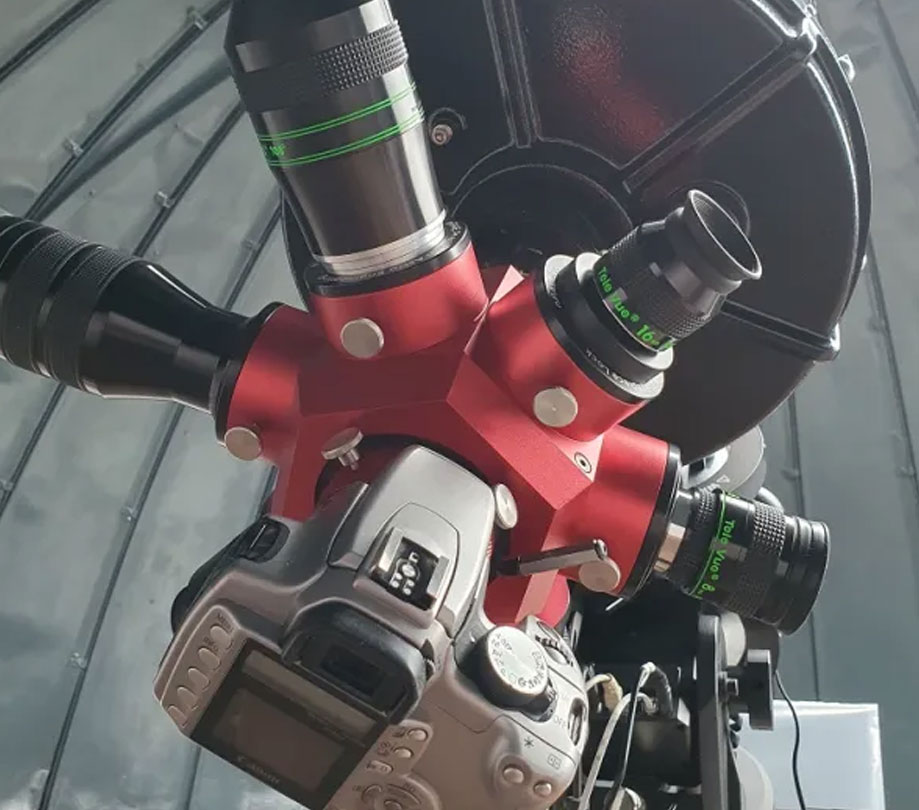
Comments